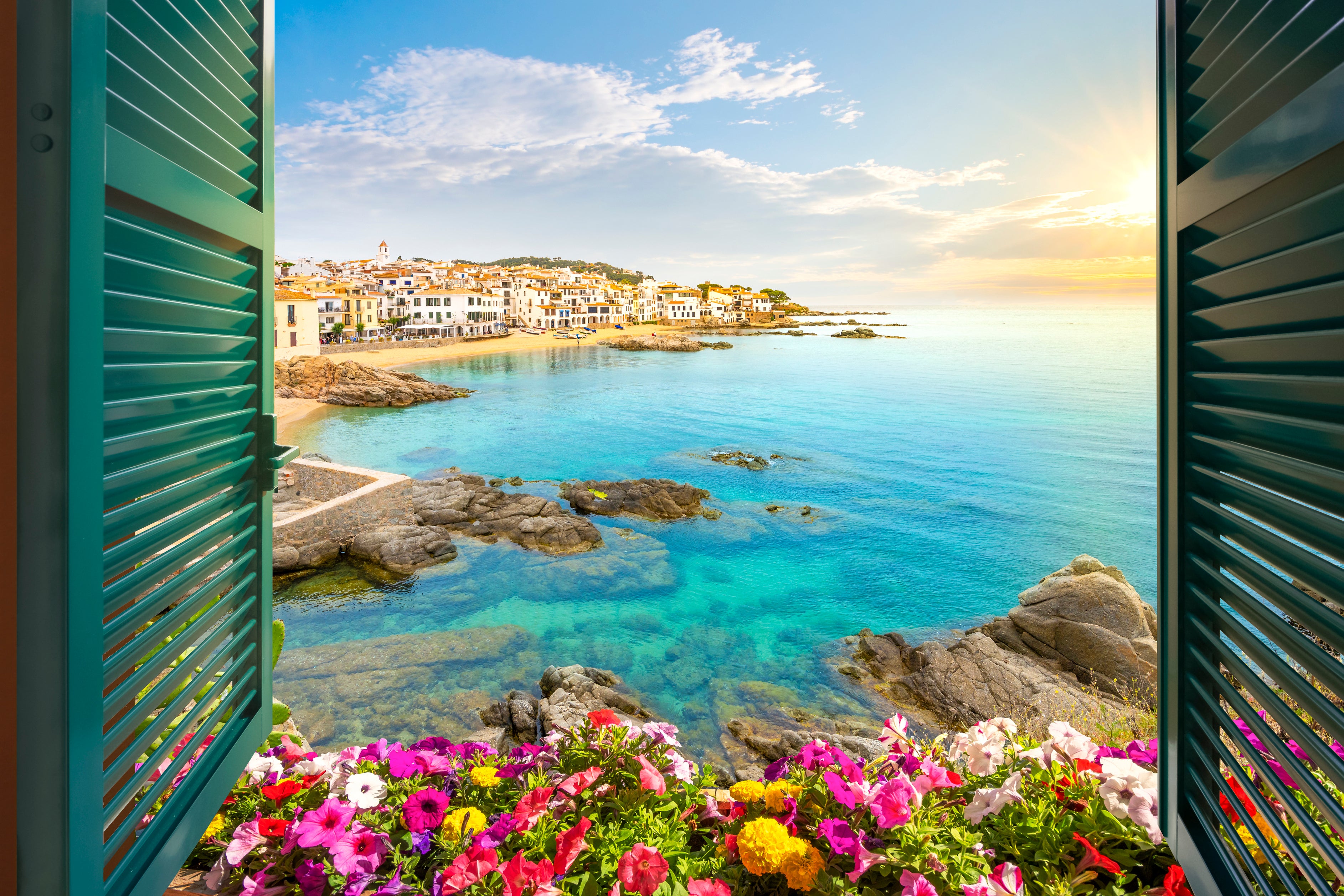Property: The light through yonder window
Whether natural or artificial, light can make or break a property.

Through the glass walls you could see torrents of rain hammering the rooftops. Yet, eerily, under the barrel-vaulted penthouse roof not a sound could be heard, nor did a drop strike the windows. The apartment on the top two floors of the Twenties Art Deco building in Marylebone, central London, has pushed the goal of light and space to new limits.
For the first time in the UK, an American-designed translucent material has been used as roofing material in a residential building. It has given extra height and light, says Richard Claydon, of the developers The Mod Group.
"Even we were surprised by the extent to which we were shielded from the noise of the rain," he says. "We chose the material to give a unique look to the barrel roof and because of its insulation qualities. We were very anxious people should not be irritated by noise or have to struggle with extremes of heat and cold."
The effect of the roof, which allows natural light to pass through, is enhanced by three walls of glass which can be rolled back from the corners. The main roof structure, held by steel columns within the living space, protects the vast windows from the worst of the weather and allows the apartment to open on to the terrace. "The roof looks like a Japanese screen," says Mr Claydon. "From outside at night, the interior lighting makes it look like a rising moon."
Alas, most potential buyers have humbler ambitions. Just to be able to turn on the corner lamp without stumbling over sofas or to be able to read without sitting under the equivalent of a searchlight is enough. The prospect of changing the mood lighting of a room with one switch, simultaneously activating the CD player, is tantamount to a revolution in living.
Scene-setting is the new buzzword and lighting specialists are becoming as fashionable as personal trainers. It's all very well knowing that your lights should be improved, but how do you achieve this painlessly?
Timing the work is crucial, says Leigh Everett of Mr Resistor, whose father opened a Chelsea shop in the Sixties when spotlights were as fashionable as today's low-voltage lamps. A real improvement in lighting usually means rewiring, and probably cutting into the ceiling. Electrical work can be messy, particularly when chasing wires into walls.
For the lighting to be effective, you must have a good idea where the furniture and pictures are going to be placed. By doing away with central hanging lights, rooms can be opened up to the impression of being far larger. The emphasis is on effect rather than fittings.
The array of downlighters, uplighters, spots, floorlights, wall lights and lamps in Everett's new showroom in Wandsworth, south-west London gives an idea of the bewildering choice available. Everett gives free advice which he says is "idiot-proof" and points out that people should be informed about the difficulties of changing the lamps or whether they are buying transformers that will work with their dimmers. Increasingly, this is becoming part of an interior designer's job.
It is no longer enough to offer a few lampshades and trendy fittings. Helen Green, of Lifestyles Interiors, a designer at the top end of the market, believes everyone in her line should be conversant with sophisticated lighting techniques. "It's a costly business, but even if the work is not included in the price, a lighting expert should be involved," she says.
Lucerne Battsek took that advice after an extension was built onto her London house. She felt she had never managed to get lighting right and the contemporary design of their new dining room spurred her on.
"It has an enormous table that seats 12, and a wonderful fireplace and woodburning stove," she says. "The designer suggested putting lights into the floorboards to shine on to the silver Moroccan tiles around the fireplace. And the side shelves are illuminated with concealed tubular lights which highlight the glasses on display."
All the lights are dimmable and the controls are on one panel. In the evening, specific lights can be used and the mood of the room changes from a centre of family activity to a more intimate setting.
"We were also persuaded to put in proper garden lights under trees and shrubs and now we are aware of the garden the whole year round," she added. "It has a beautiful soft, golden light. One of the fittings is a combined up and down lighter which washes down the wall of the house so you don"t feel as if you are under interrogation."
None of this came cheaply, and Lucerne Battsek said initially her husband balked at pounds 3,500 price tag on the whole package, which included lighting in a bedroom. "It did seem a fantastic amount of money but it has made an enormous difference. We enjoyed the extension, but the lighting is the icing on the cake."
Being adventurous might simply involve going to a good lighting shop or leafing through an interior design magazine. You can get light bulbs that flicker like candles, or lamps that come on automatically as the natural light fades, giving the impression of an extended day.
And for anyone selling their house at this time of the year, they could do worse than follow the tip from one developer. He subtly floodlit a show house and within weeks he was delighted to find he had a flood of of inquiries as well.
The Penthouse at the Old Aeroworks: pounds 725,000 from Foxtons (0171-449 6000) and Pilcher Hershman (0171-486 5256). Mr Resistor, 21 Lydden Road, London SW18 (0181-874 2234)
Join our commenting forum
Join thought-provoking conversations, follow other Independent readers and see their replies
Comments